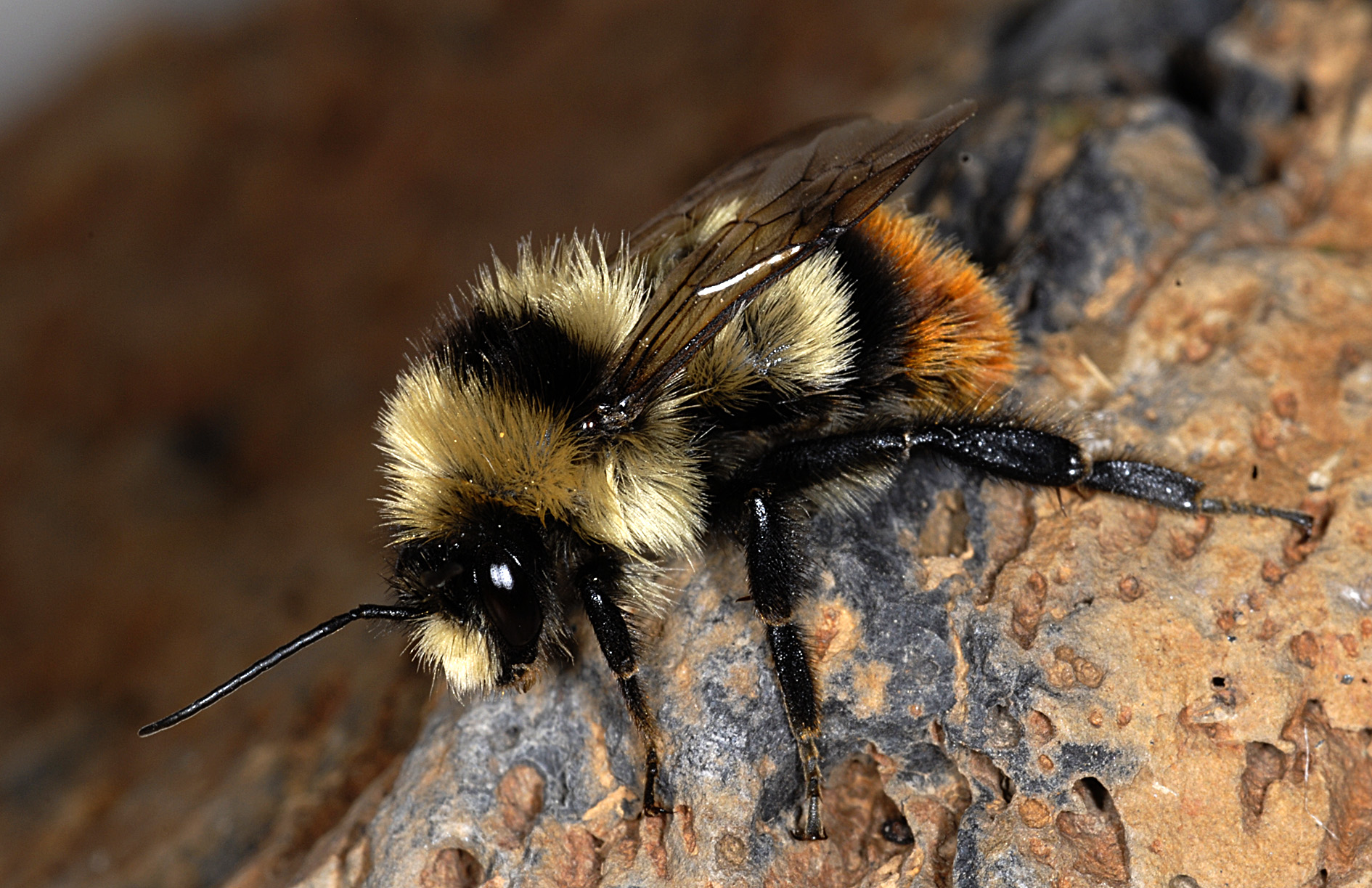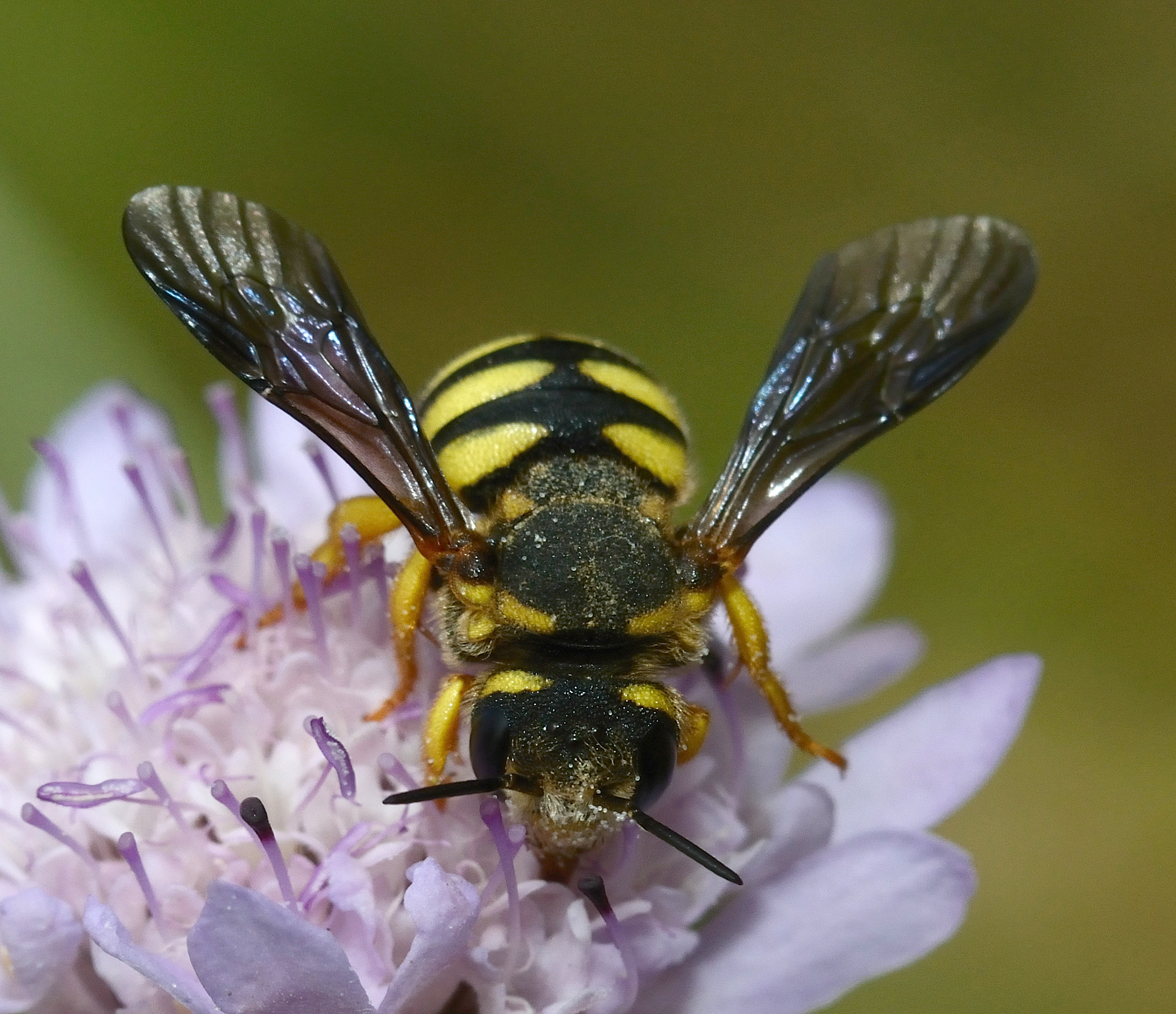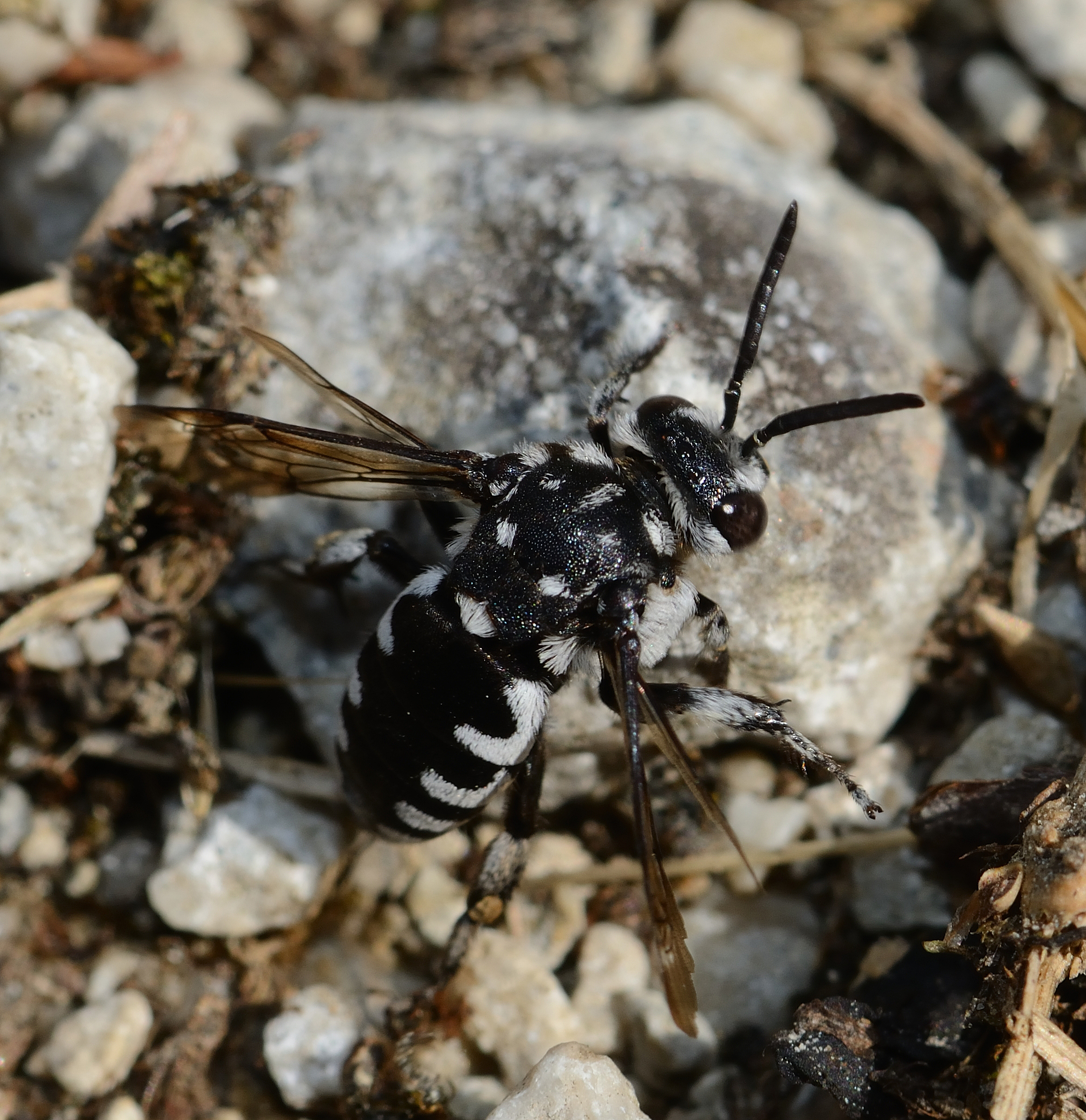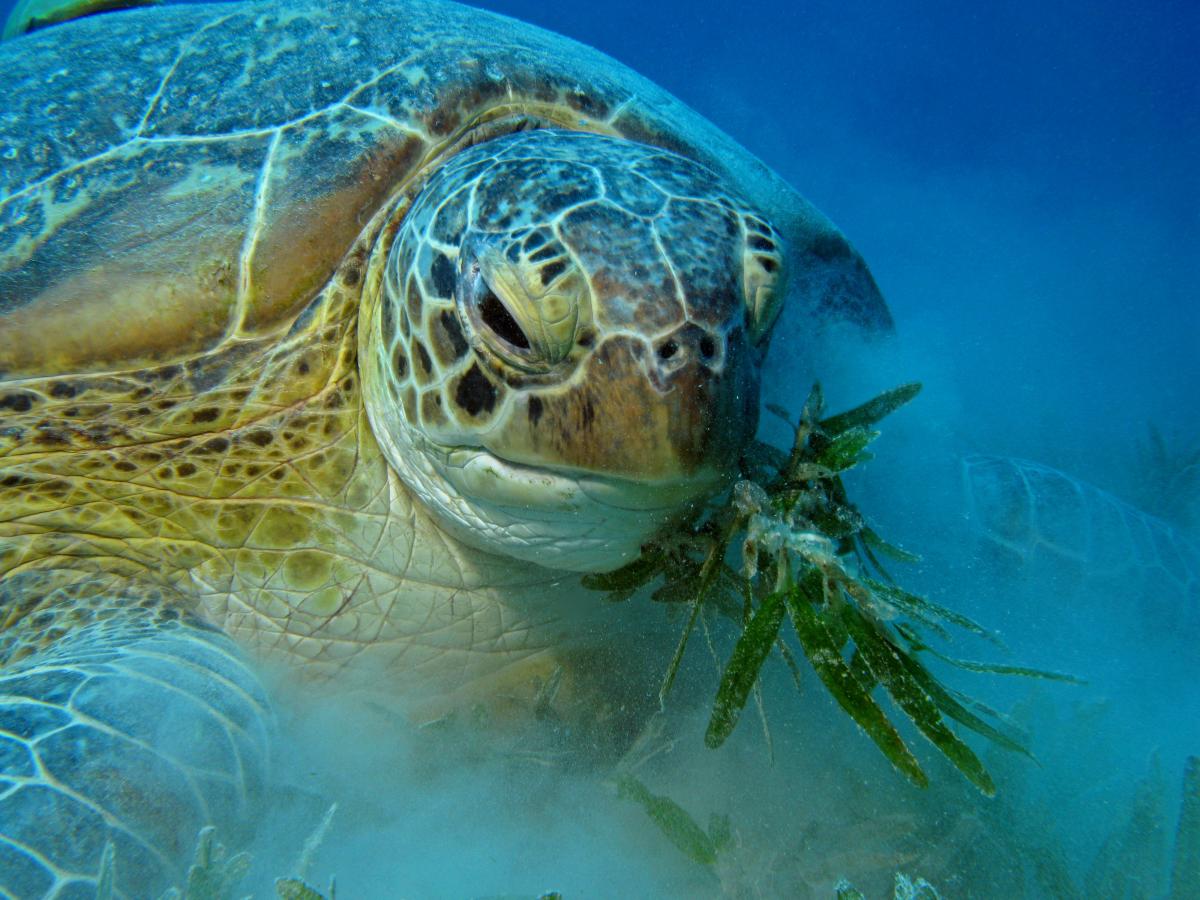Nearly one in 10 wild bee species face extinction in Europe while the status of more than half remains unknown - IUCN report
The first-ever assessment of all European wild bee species shows that 9.2% are threatened with extinction, while 5.2% are considered likely to be threatened in the near future. A total of 56.7% of the species are classified as Data Deficient, as lack of experts, data and funding has made it impossible to evaluate their extinction risk.
The assessment was published today as part of The IUCN European Red List of Bees and the Status and Trends of European Pollinators (STEP) project, both funded by the European Commission. It provides – for the first time – information on all 1,965 wild bee species in Europe, including their status, distribution, population trends and threats.
“This assessment is the best understanding we have had so far on wild bees in Europe,” says Jean-Christophe Vié, Deputy Director, IUCN Global Species Programme. “However, our knowledge about them is incomplete as we are faced with an alarming lack of expertise and resources. Bees play an essential role in the pollination of our crops. We must urgently invest in further research in order to provide the best possible recommendations on how to reverse their decline.”
The report shows that 7.7% of the species have declining populations, 12.6% are stable and 0.7% are increasing. Population trends for the remaining 79% of bee species are unknown.
Changing agricultural practices and increased farming intensification have led to large-scale losses and degradation of bee habitats – one of the main threats to their survival.
For instance, intensive silage production – at the expense of hay-cropping – causes losses of herb-rich grasslands and season-long flowering, which constitute important sources of forage for pollinators. The widespread use of insecticides also harms wild bees and herbicides reduce the availability of flowers on which they depend. The use of fertilisers promotes rank grassland, which is low in flowering plants and legume species – the preferred food resources for many bee species.
Intensive agriculture and farming practices have caused a sharp decline in the surface area of dry steppes, which house the Vulnerable Andrena transitoria bee – a formerly common eastern Mediterranean species that spreads from Sicily to Ukraine and into Central Asia. Ploughing, mowing or grazing of flowering plants, as well as the use of insecticides have led to a 30% population decline of the species over the last decade, and its extinction in certain countries.
Climate change is another important driver of extinction risk for most species of bees, and particularly bumblebees. Heavy rainfalls, droughts, heat waves and increased temperatures can alter the habitats that individual species are adapted to and are expected to dramatically reduce the area of its habitat, leading to population decline. A total of 25.8% of Europe’s bumblebee species are threatened with extinction, according to the assessment.
Urban development and the increased frequency of fires also threaten the survival of wild bee species in Europe, according to the experts.
The report also includes an assessment of the Western Honeybee (Apis mellifera) – the most well-known pollinator. The Western Honeybee has a native distribution through much of Europe but it is uncertain whether it currently occurs as a truly wild, rather than domesticated species. As the Red List only covers wild – not domesticated – species, it has been assessed as Data Deficient. Further research is needed to distinguish between wild and non-wild colonies, and to better understand the impacts of malnutrition, pesticides and pathogens on honeybee colonies, according to IUCN.
“Public and scientific attention tends to focus on Western Honeybee as the key pollinator, but we must not forget that most of our wild flowers and crops are pollinated by a whole range of different bee species,” says Simon Potts, STEP project Coordinator. “We need far-reaching actions to help boost both wild and domesticated pollinator populations. Achieving this will bring huge benefits to wildlife, the countryside and food production.”
“Our quality of life – and our future – depends on the many services that nature provides for free,” says Karmenu Vella, EU Environment, Maritime Affairs and Fisheries Commissioner. “Pollination is one of these services, so it is very worrying to learn that some of our top pollinators are at risk! If we don’t address the reasons behind this decline in wild bees, and act urgently to stop it, we could pay a very heavy price indeed."
The authors of the report call for greater attention to bees in the management of protected areas and in agricultural policies in Europe. They also emphasize the need for stronger support for bee taxonomists and survey programmes at national and European levels, in order to ensure long-term monitoring of the status of bees and effective conservation actions.
Bees are essential for both wild ecosystems and agriculture. They provide crop pollination estimated to be worth €153 billion globally and €22 billion in Europe every year. Pollinators support crops accounting for 35% of global agricultural production volumes.
Of the main crops grown for human consumption in Europe, 84% require insect pollination to enhance product quality and yields (e.g. many types of fruit, vegetables and nuts). Pollination is delivered by a range of insects, including wild and domesticated honeybees, bumblebees, many other wild bee species and other insects.
The European Red List of Bees comes at a time when progress in implementing Europe’s strategy to halt biodiversity loss is under review. The results of this assessment stress the need for the full implementation of EU 2020 Biodiversity Strategy in order to meet the biodiversity target of ‘halting the loss of biodiversity and the degradation of ecosystem services in the EU by 2020, and restoring them in so far as feasible’.
For more information or to set up interviews please contact:
Ewa Magiera, IUCN Media Relations t +41 22 999 0346 m +41 76 505 33 78, ewa.magiera@iucn.org
Angelika Pullen, IUCN European Union Representative Office, t +32 473 947 966, angelika.pullen@iucn.org
Enrico Brivio, European Commission, t +32 229 56172, enrico.brivio@ec.europa.eu







